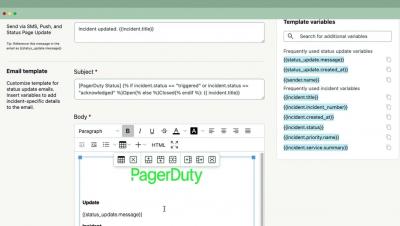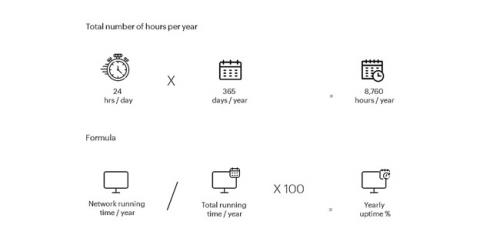Four Years as a Public Company
Four years ago tomorrow, our team rang the bell to open the NYSE for PagerDuty’s IPO. We spent two weeks traveling to meet hundreds of prospective investors in person, sustained by a diet of Cheetos and green M&Ms, sneaker-clad walks to meetings, and unwinding with bad karaoke. We’ve grown in many ways in our first four years as a public company. We have more than doubled the number of customers on the PagerDuty platform, and nearly tripled the number of users.










